Action Posts on Crowch
So, we've talked about my plans and expectations — now it’s time to share what I’ve actually managed to play through. Buckle up, because we’re diving into the epic saga of my gaming milestones this year.
🧙♂️ The Chosen One — My Path to Divinity
I began this year with something I had long avoided: the Divinity: Original Sin duology. Despite its glowing reputation, I always felt these games weren't my thing. The gameplay videos, the UI — nothing pulled me in. But after 300 hours in Baldur’s Gate 3, crafted by the same developers, Larian Studios, I changed my mind.
BG3 impressed me with its character depth, flexible builds, and cinematic combat. Though the story left some gaps (especially after I found out some parts were cut), the voice acting and overall immersion were unforgettable. That trust in Larian led me straight to Divinity: Original Sin.
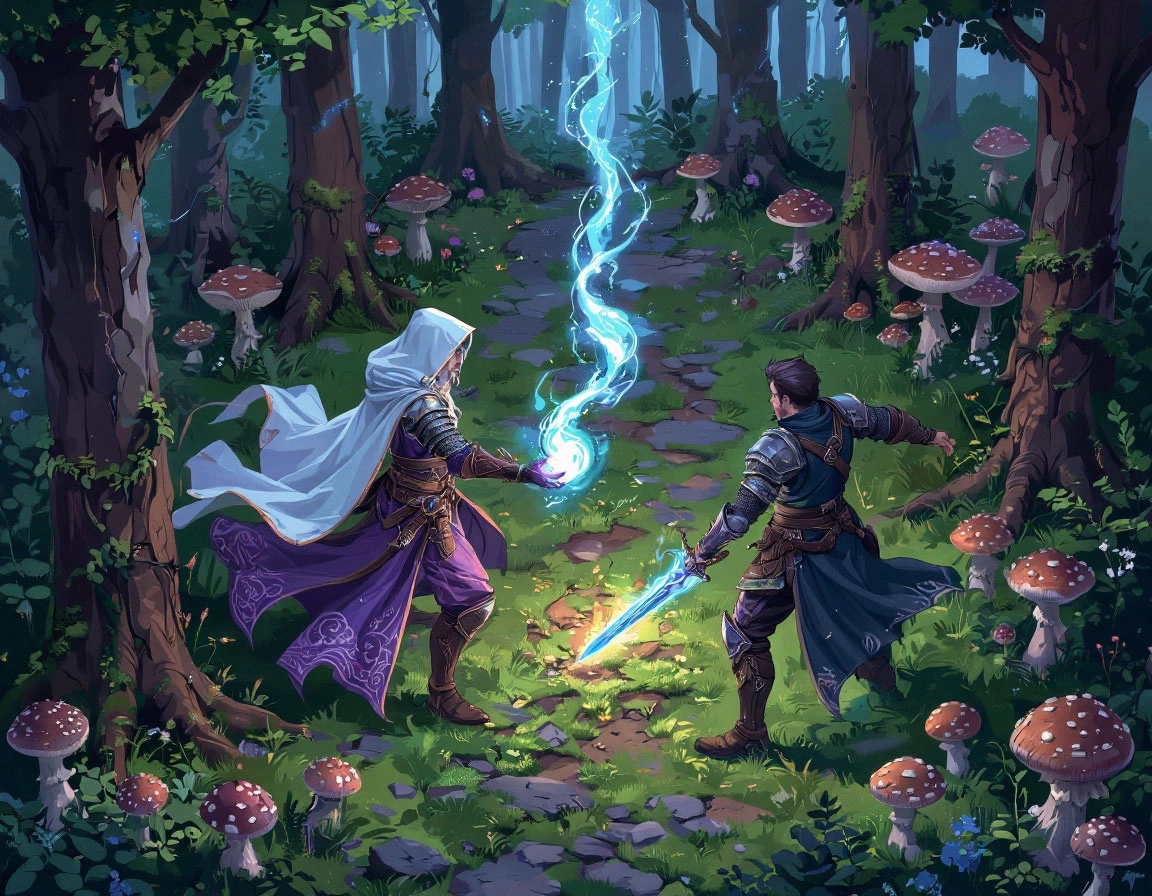
🔥 Divinity: Original Sin — 70 Hours of Tactical Chaos
I played the first game in co-op, using a mage/warrior combo, while my friend ran a mage/archer. Surprisingly, melee attacks felt more effective than elemental magic for most of the game, especially against enemies who could one-shot you from a distance. The world is filled with class variety, gear, and a clever skillbook system where spells are learned by finding or buying books. However, the narrative structure threw me off at first. You begin as a simple detective and end up... saving the world. A wild leap in career trajectory.
Quests don't hold your hand, which is refreshing. There are no generic fetch quests — instead, you're solving mysteries, unlocking secret rooms behind paintings, or puzzling over button sequences to open hidden doors. Sometimes, failing to protect a key NPC in a fight can permanently block quest progression. Brutal but immersive. One of the quirkiest quests involved passing a necromancy exam given by a talking skeleton — I failed due to a mix of missing books and logic that didn’t align with the undead examiner’s. Another favorite? A lonely troll who missed his storyteller friend, and we had to convince a barmaid to visit him.
Boss fights truly shine. Each encounter has unique mechanics, like an ice elemental that changes its attack element every few turns, requiring serious adaptation from the party. Despite its aging visuals and a few bugs — including random unequipped gear mid-battle or inaccurate health bars — the game’s systems are deep and rewarding. A solid 4.5/5.
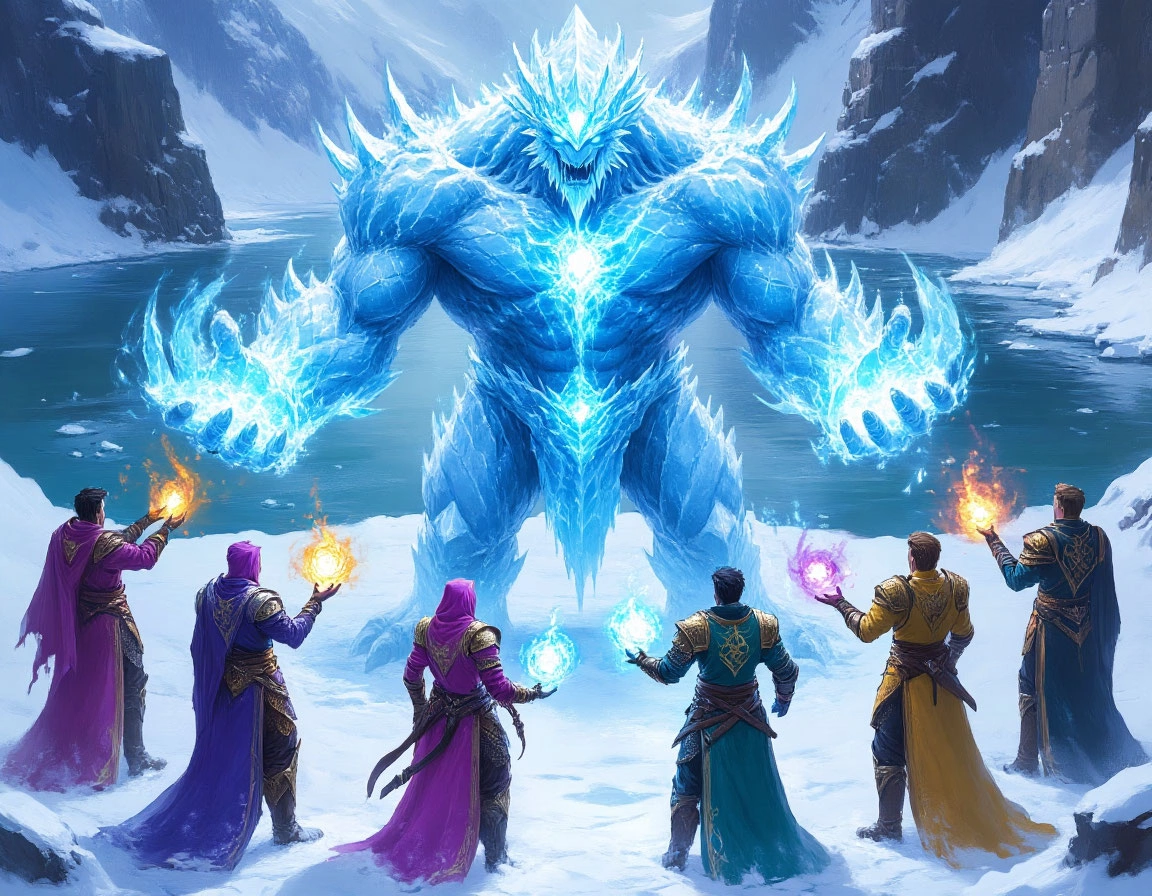
🧝♂️ Divinity: Original Sin II — A Worthy Sequel (74 Hours In)
Fresh off the first game, we jumped into part two with new builds: I kept my mage, but the warrior now used summoning and metamorph skills. Summons adapt their element based on the ground — a cool upgrade. Movement was faster, and the graphics were finally eye-pleasing.
Story-wise, you’re once again tasked with ascending to godhood, racing against other Chosen Ones backed by different deities. All choices lead to only one divine victor — though positive party relations let your allies remain in your retinue. Quests retained the complexity, but were more manageable. Gone were the insane button puzzles. The writing retained Larian’s trademark humor — like choosing sides between a dog and a cat who both believed their owner loved them more. Spoiler: saying “equally” wasn’t an option.
However, the sheer volume of quests got chaotic. I often resolved a quest without realizing it, only to get the reward hours later from a random NPC. This narrative jumble made it hard to follow some plotlines. Gameplay-wise, the core remained, but now featured “memory slots” limiting how many skills you could equip. More powerful ones used 2–3 slots. A new resource, Source Points, enabled stronger abilities and was replenished via special teachers or by absorbing it from enemies — and vice versa. A major change was the armor system: characters now have physical and magical armor that blocks status effects. If you try to stun someone with magic while they still have magical armor — nothing happens. Only when it’s gone do debuffs apply. Smart, but adds another tactical layer. Sadly, the dialogue system got simplified. Gone were the fun rock-paper-scissors showdowns from part one. Now, it’s based on persuasion stats — like Fallout 4. Disappointing.
The AI improved, targeting active threats instead of stunned allies, and flanking lone characters. Still, crafting remained underwhelming — too weak by mid-game, when better loot drops naturally. And yes, the bugs returned. Missing gear mid-battle? Check. Server issues that delayed my co-op sessions for 20 minutes at a time? Also check. Magically, it fixed itself 30 hours later. Classic.
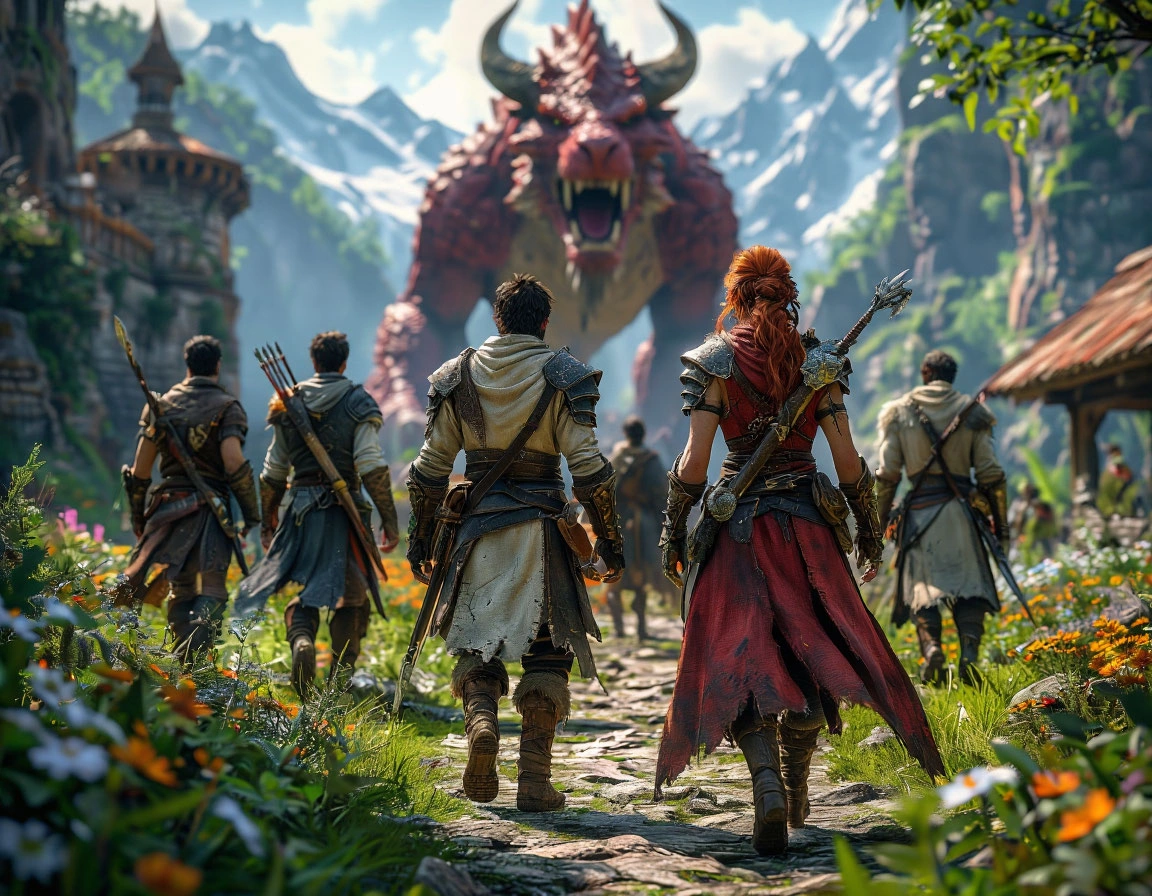
🌟 Final Verdict
Both games delivered complex, rewarding RPG experiences. I loved the challenging quests, unique fights, and the co-op storytelling — even with bugs and a few mechanical missteps.
Rating: 4.5/5 for both titles.
Absolutely worth playing. And yes, I’m counting the days until Larian announces Divinity III.
The new gaming year is in full swing, and I’ve finally set my goals. Each year, I try to combine brand-new releases with long-postponed classics. My typical target is around 12–15 games annually, alternating between story-rich epics, tough-as-nails challenges, and a few cozy co-op sessions with friends. Here's what I plan to conquer in 2025.
🌀 Alan Wake II — The Writer’s Return
Genre: Psychological Horror | Studio: Remedy Entertainment
I’ve waited years for this. Ever since the eerie tale of Alan Wake first unfolded in Bright Falls, I’ve been hoping to return. Remedy's narrative-driven design and mysterious storytelling are exactly my kind of thing. I'm especially intrigued to see whether there’ll be links to Control and the shared universe that Remedy has been teasing. The surreal darkness, cryptic clues, and storytelling through gameplay — I’m ready to lose myself in it.

🧙 Divinity: Original Sin I & II — A Tactical Journey
Genre: Tactical RPG | Studio: Larian Studios
These legendary CRPGs have been calling my name for years, and now it’s time to answer. After falling in love with Baldur’s Gate 3 in 2024, I realized I needed more of that Larian magic. The freedom of choice, the turn-based combat, and the absolutely chaotic options (yes, throwing gnomes included!) make me eager to see where Divinity started. It's more than just playing — it’s discovering what could happen.

🗡️ Elden Ring: Shadow of the Erdtree — The Test Awaits
Genre: Action RPG (Soulslike) | Studio: FromSoftware
If base Elden Ring was the journey, then this DLC is the exam. I held off on jumping in right away — not because of fear, but because I wanted to be ready. Now that the initial chaos has passed, I’m mentally prepped for whatever nightmare Miyazaki has waiting. Based on what I’ve heard, it’s not just more of the same. It's harder, deeper, and more cryptic. And that’s exactly what I want.
🎭 Split Fiction — Co-Op with a Twist
Genre: Cooperative Adventure | Studio: Hazelight
Coming from the creators of It Takes Two, Split Fiction looks like another masterpiece of cooperative storytelling. These games are always best experienced with a friend, offering puzzles, story depth, and moments of sheer chaos. Sadly, the lack of Russian subtitles may delay my playthrough, but I’m hopeful that fan translations or updates will allow more players to enjoy this adventure in their native tongue.
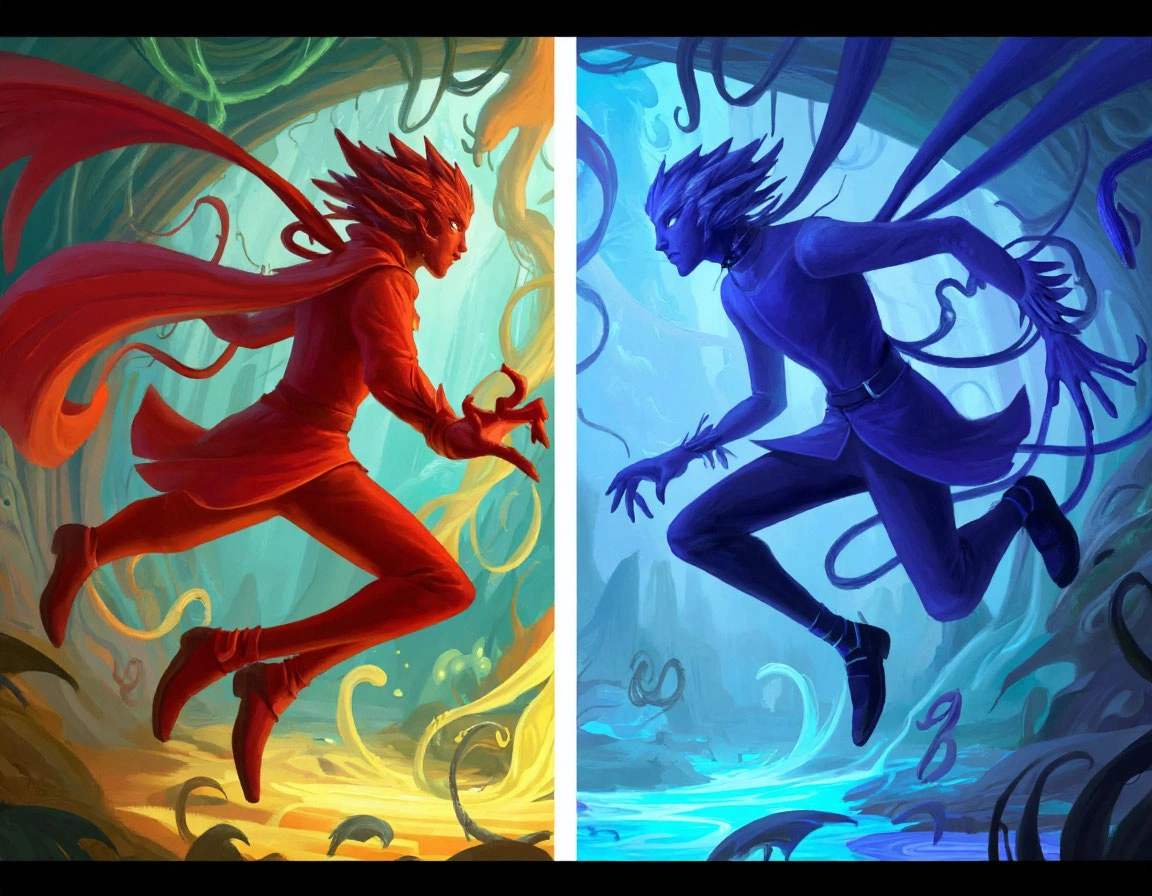
🕯️ Little Nightmares III — A Wordless Wonder
Genre: Puzzle Platformer | Studio: Supermassive Games
Few games can tell so much with so little. Little Nightmares creates horror not with gore, but with mood. This third installment adds co-op, which is an intriguing shift. I love slow, thoughtful puzzle games with someone by my side, so this title is perfect for cozy gaming nights. Here's hoping the style and mystery remain intact with the new studio behind it.
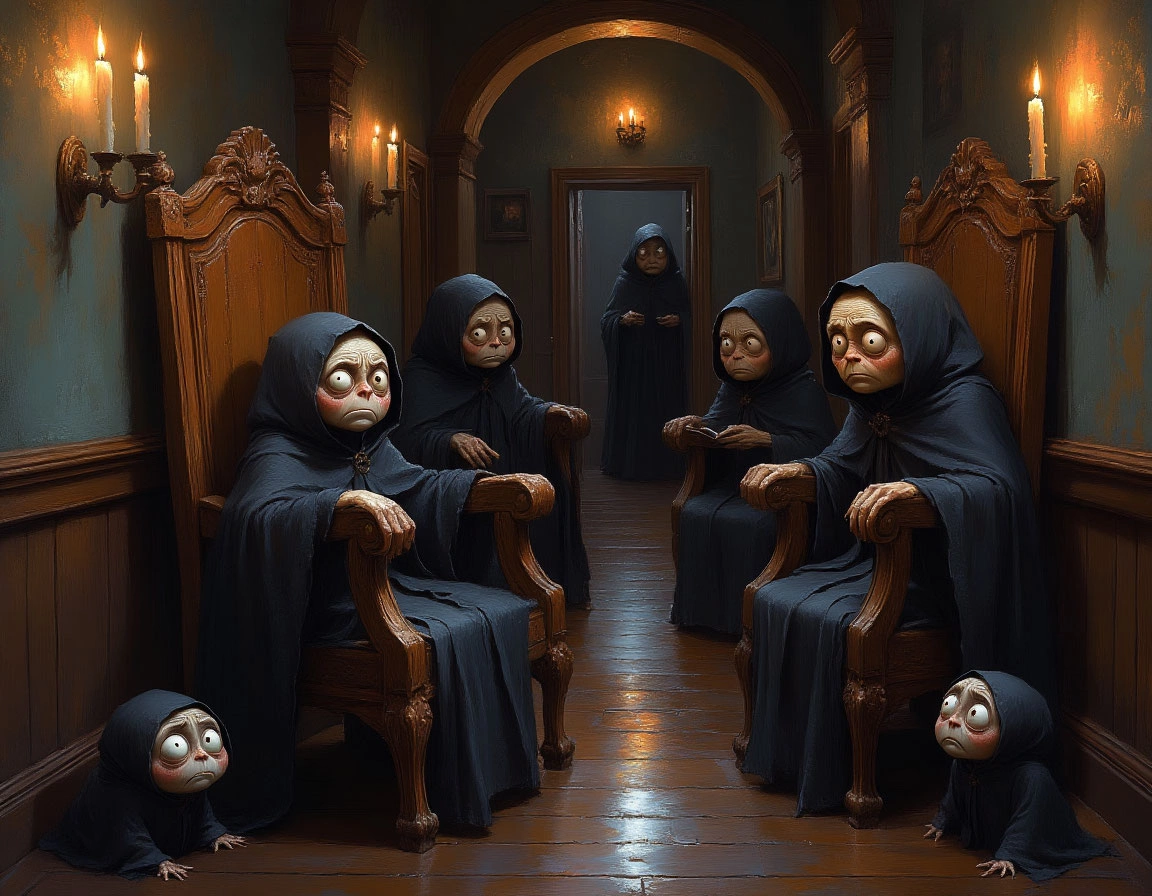
🌑 Elden Ring: Nightreign — Shadows Rise
Genre: Soulslike Battle Royale Hybrid | Studio: FromSoftware
This rumored expansion (or sequel?) is high on my wishlist. A blend of Soulslike difficulty and battle royale chaos? I’m in — even if it means coordinating with two friends for co-op, which isn’t always easy. Still, the allure of new bosses, twisted lore, and massive, dynamic combat arenas makes this an unmissable release if it hits in 2025.
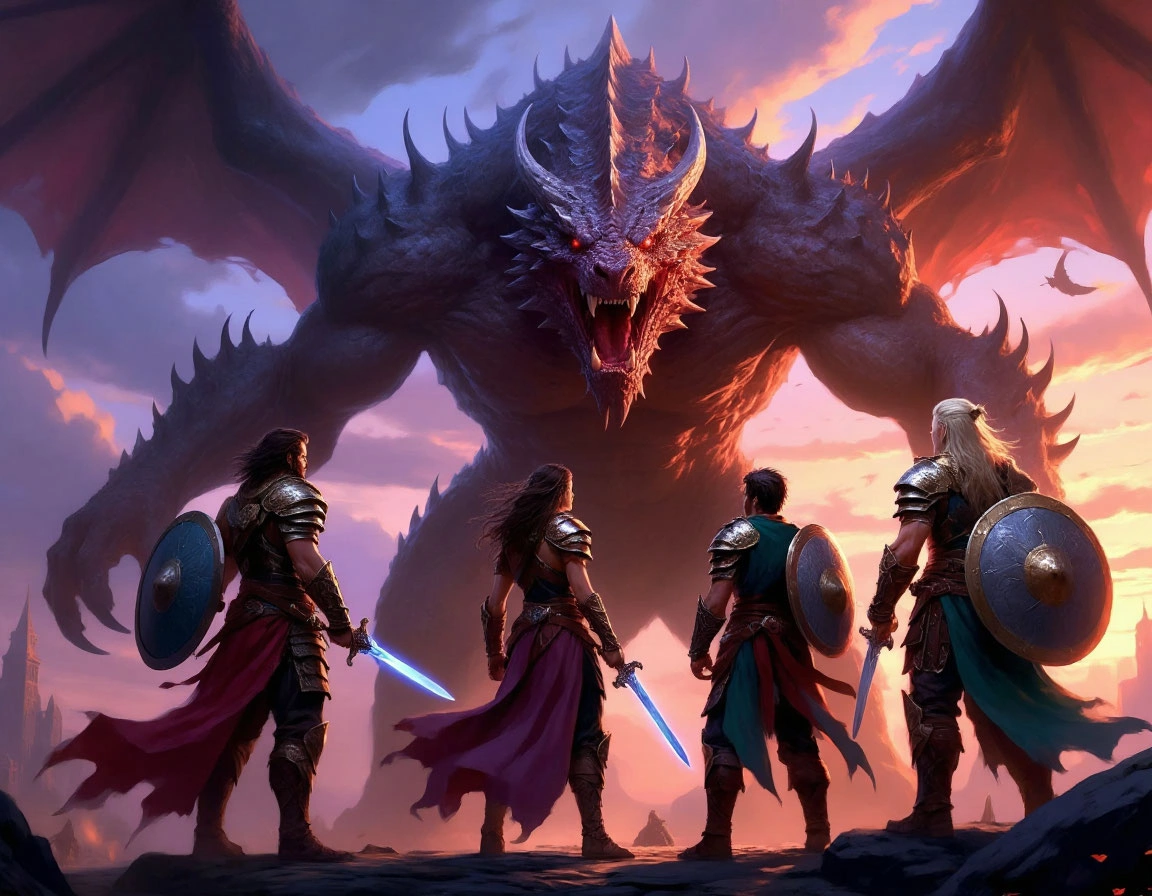
This is only the beginning. A few titles are still on the horizon, and my wishlist will likely grow. But if I can check off these games, I’ll consider 2025 a gaming year well spent.
More updates — and thoughts on the games I finish — to follow soon. Stay tuned! 🎮
🎯 What to Expect from This Blog
Gaming for me isn't just a hobby — it's a rhythm, a ritual, a source of joy. Every year I play around 12–15 new titles while returning to my all-time favorites. Some games are for the challenge, some for the story, and some — like Civilization VI — for those endless nights with friends in co-op mode. In this post, I’ll focus on the games I’m most hyped about in 2025. In future entries, I’ll share reviews of what I’ve actually played.
🏛️ Sid Meier’s Civilization VII
The legacy continues — will VII live up to its roots? My journey with Civilization started on the original PlayStation. At the time, I barely understood the mechanics, but commanding armies and watching cities grow was enough to hook me. Now, with over 500 hours in Civ VI, this franchise remains close to my heart. Civilization VII is rumored to blend elements of Civ VI with Humankind — a fusion that has potential to redefine the genre.
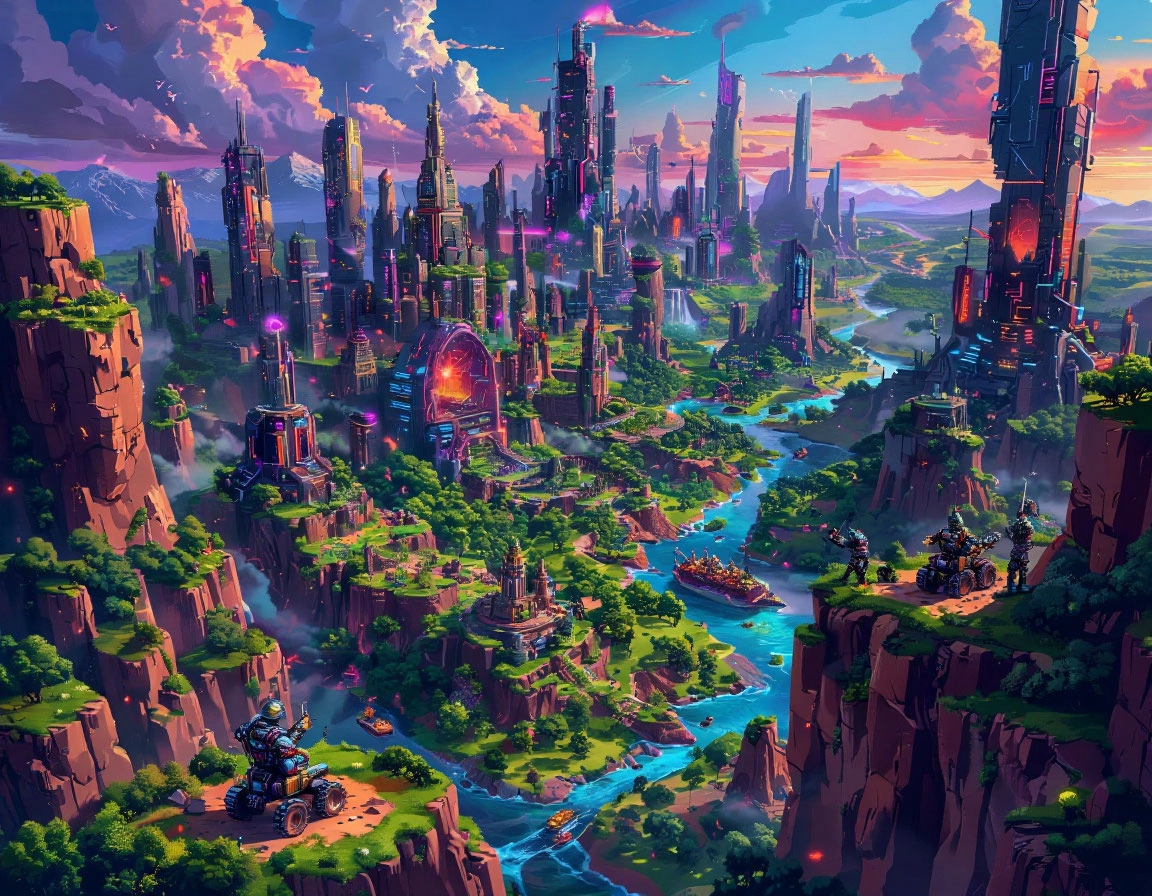
🐉 Monster Hunter Wilds
Gear up for the hunt — again. I fell in love with the series after World. Hundreds of hours, countless builds, and endless hunts later, it’s still one of my favorite co-op experiences. I’m currently finishing Rise, and Wilds is next in line. Its expansive ecosystems, intricate combat, and vast gear customization promise a truly immersive monster-hunting adventure.
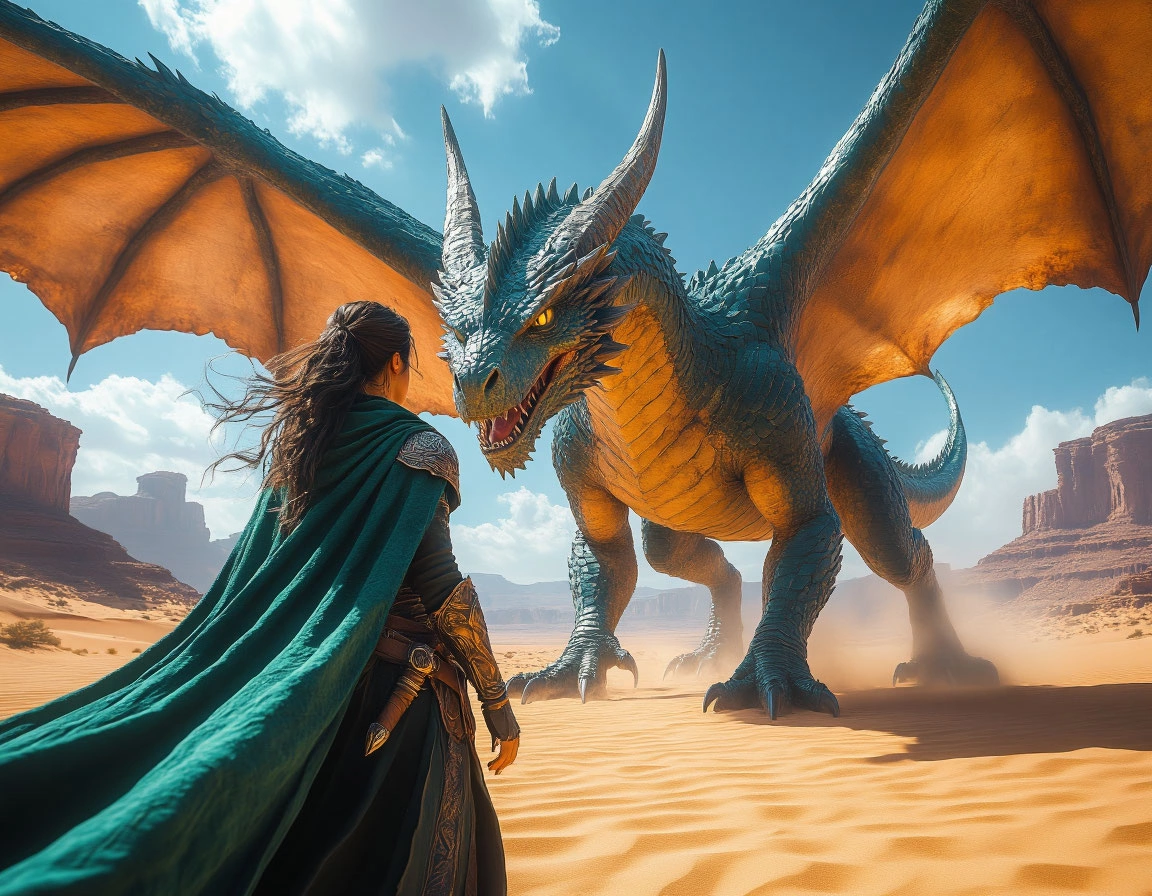
✨ Split Fiction
From the creators of It Takes Two — and I can’t wait. If you’ve played A Way Out or It Takes Two, you know Hazelight Studios delivers one-of-a-kind co-op storytelling. Split Fiction dives into imaginative worlds created by the characters themselves. It’s interactive, collaborative, and emotionally rich. I’m counting down the days to play this one with a close friend.
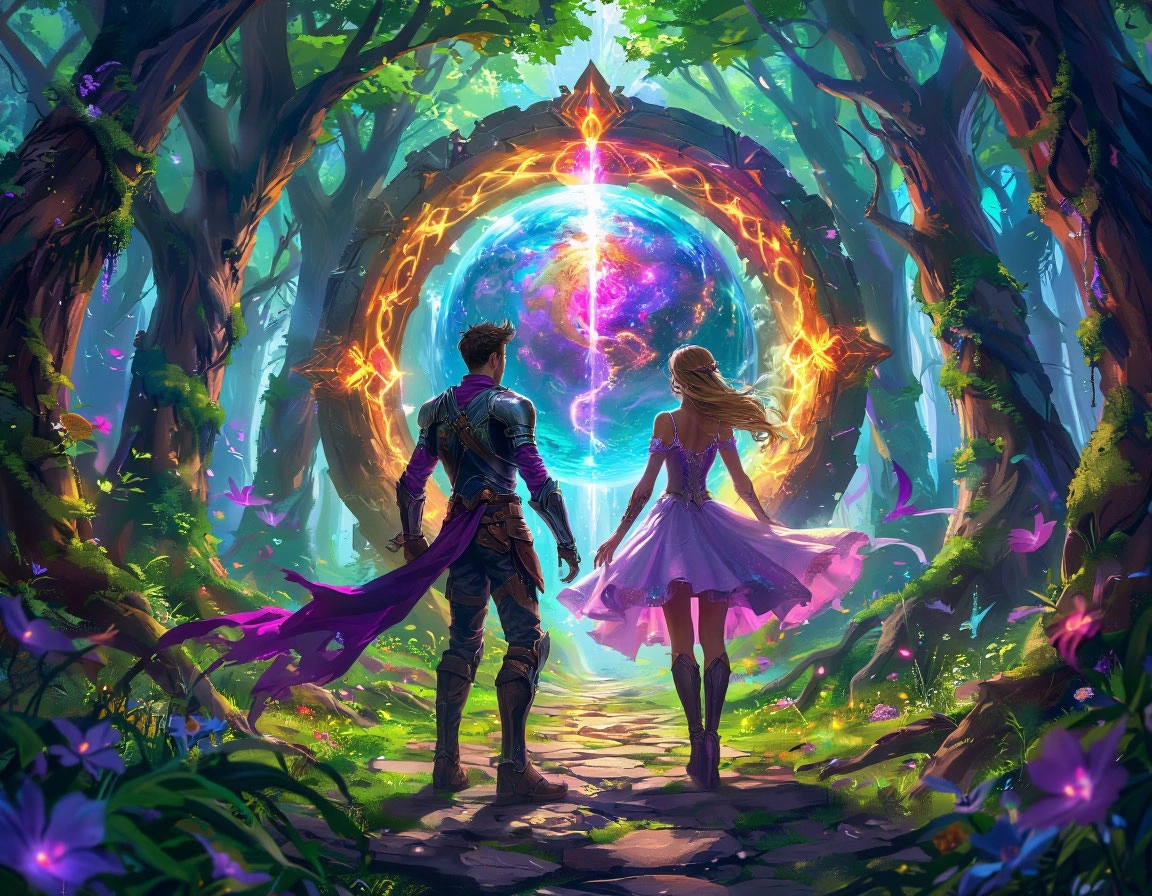
🦴 Lies of P: DLC
Back to the haunting beauty of Krat. The original Lies of P was a brilliant reimagining of the Pinocchio tale with Soulslike elements. I earned the platinum and still want more. The DLC promises new horrors, deeper lore, and more brutal combat. If you missed the original — now’s your chance.
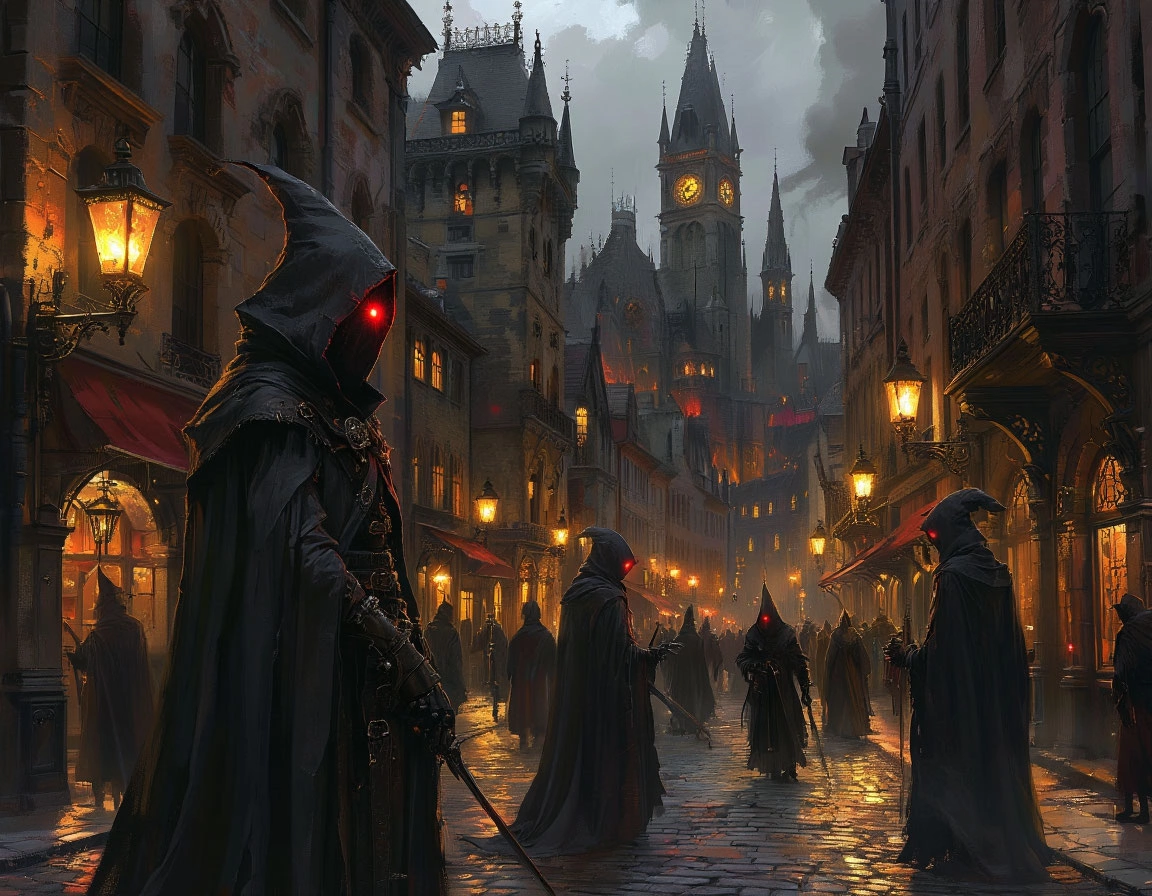
🚀 Directive 8020
Next stop: horror in space. The Dark Pictures Anthology has always fascinated me, especially Little Hope. Directive 8020 brings that tension into space, where isolation and mystery thrive. I’m expecting tough choices, terrifying consequences, and plenty of replay value.

🧟 Dying Light: The Beast
Parkour, panic, and post-apocalypse. Kyle Crane returns in what may be one of the most anticipated zombie sequels in years. I loved the first Dying Light for its parkour and gritty survival atmosphere. While the plot wasn’t its strongest suit, the thrill of nighttime chases more than made up for it. Curious to see where they take Crane after the dramatic ending of The Following.
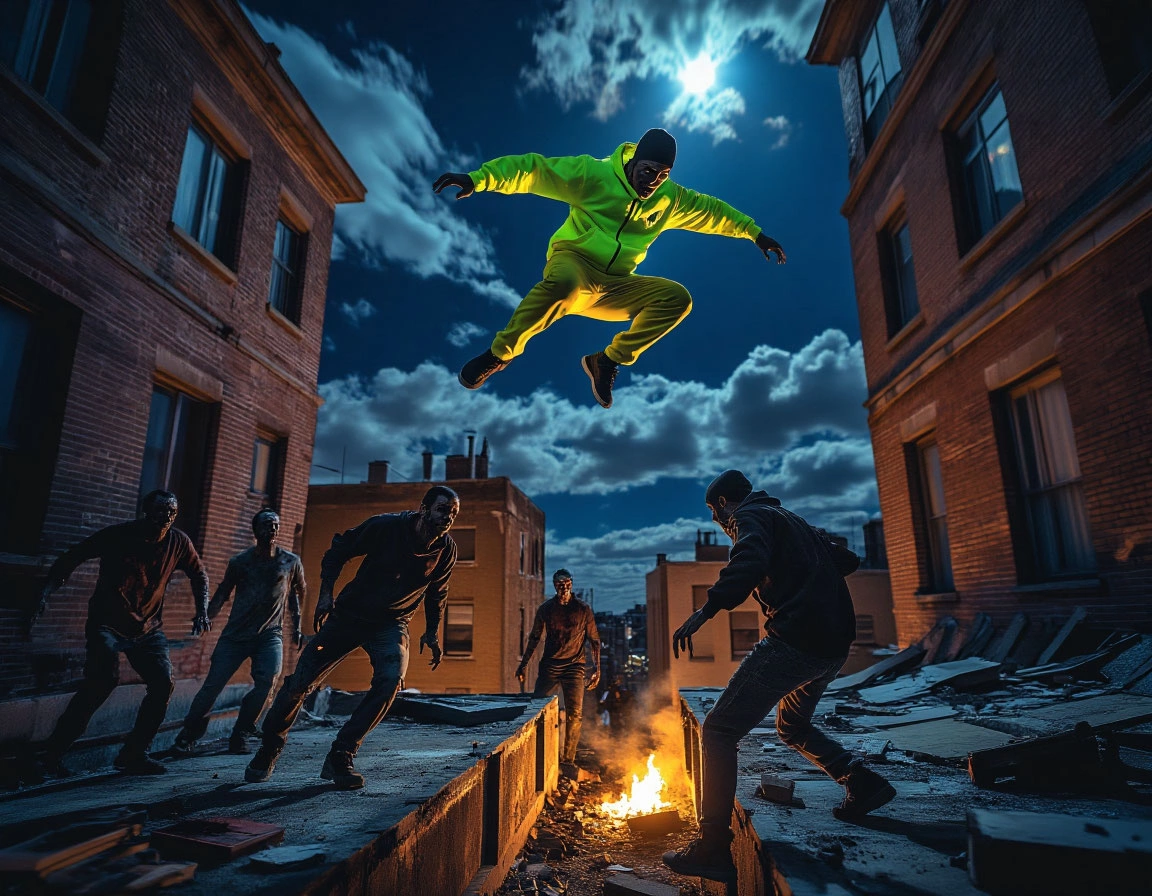
🌙 Elden Ring: Nightreign
Miyazaki does it again. An unexpected gift — a new Souls experience with battle royale twists? Sign me up. I’m eager to see how Nightreign balances the traditional FromSoftware difficulty with new multiplayer elements. Bonus: we’ll meet familiar bosses in new forms.
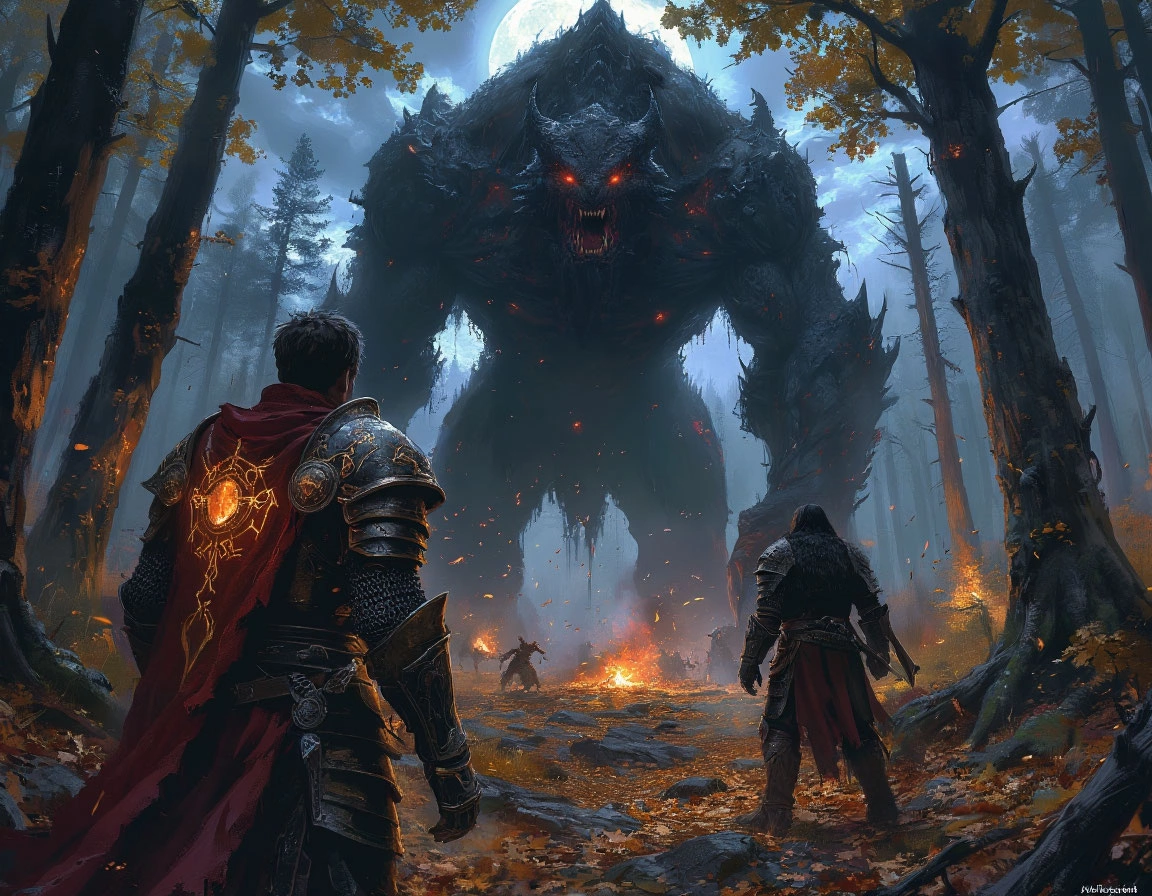
🛡️ Heroes of Might & Magic: Olden Era
Return to strategy’s golden age. I spent my childhood playing HoMM III. The newer entries never quite hit the same notes for me. So when I heard about Olden Era going back to its roots — classic mechanics, stunning 2D visuals, and turn-based mastery — I was thrilled.
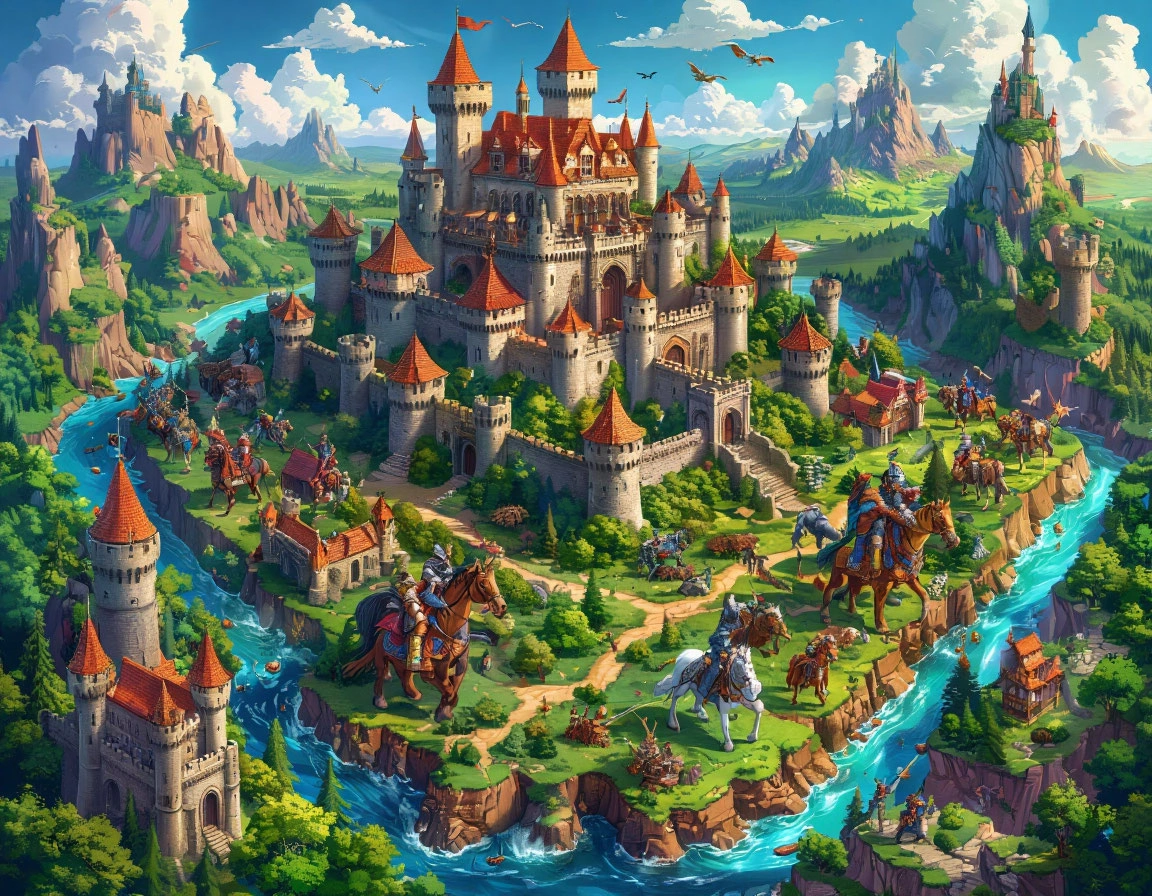
🎮 Wrapping Up
2025 promises a phenomenal lineup. Whether you’re into deep strategy, co-op narratives, survival horror, or massive MMOs — there’s something for everyone. My goal is to savor every experience and share my thoughts along the way. Let’s see where this year takes us!
There’s something special about Gamescom. Maybe it’s the energy of Cologne in late August, maybe it’s the raw enthusiasm of developers and fans alike — or maybe it’s that this event, more than any other, captures the zeitgeist of the global gaming industry. Gamescom 2025 didn’t just present new titles or showcase shiny trailers. It did something deeper: it revealed what gaming is becoming, what it aspires to be, and how it reflects (and reshapes) the culture around us.
Let’s get one thing straight: the biggest reveals weren’t necessarily the flashiest. Yes, we got jaw-dropping footage of Elder Scrolls VI, a surprising new Mass Effect teaser, and confirmation that Hollow Knight: Silksong will, indeed, exist before the end of time. But the real story was not about singular games — it was about trends. And some of them are worth unpacking.
The Rise of Slow Gaming
It may sound ironic to talk about “slowness” in the context of an industry often driven by adrenaline and high-stakes competition, but Gamescom 2025 made it clear: the tide is shifting. Titles like Elsewhere, an atmospheric exploration sim set in a post-technological world, or Meadowlight, a cozy crafting RPG where time passes even when you’re not playing, suggest that players are seeking games that breathe. We’re craving space — emotionally, mentally — to disconnect from pressure and reconnect with experience.
This isn’t a fringe movement anymore. Major studios are taking note. Even Ubisoft’s upcoming Far Cry: Reclaimed featured vast stretches of non-combat gameplay and meditative mechanics. The idea? Games don’t need to constantly stimulate — they can soothe, too.
As someone who’s been part of this industry for years, I see this as more than a trend. It’s a sign of maturity — both from the developers and the audience. We’re no longer embarrassed to admit we want emotional depth, or moments of stillness. In 2025, “fun” isn’t just about dopamine spikes. It’s about meaning.
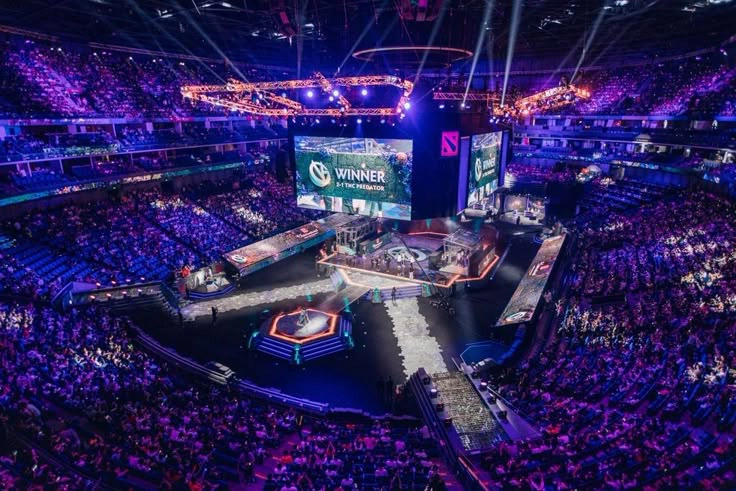
AI, Tools, and the Democratization of Creation
Another powerful undercurrent this year was the sheer explosion of creation tools. From Unreal Engine 6’s jaw-dropping real-time co-editing capabilities to indie platforms like Inkframe, which lets players create narrative games using natural language prompts — we’re entering a world where the barrier between “developer” and “player” is thinner than ever.
The conversation around AI was nuanced. Some fear the loss of jobs or artistic identity, and rightly so. But others — especially small teams — see generative tools as a way to finally realize their vision. At a panel I attended, a solo dev showed how she used an AI assistant to animate an entire side quest in under a week — something that would’ve taken her three months alone.
Of course, ethical questions remain. Who owns AI-generated content? What happens to human labor in an automated pipeline? These aren’t questions with easy answers, but Gamescom at least demonstrated a willingness to face them head-on — rather than pretend they don’t exist.
Nostalgia as Design Philosophy
It’s impossible to talk about Gamescom 2025 without mentioning the aesthetic return to the late 2000s and early 2010s. Whether it’s the revival of pixel art in Signal Rush Redux or the Y2K cyber-dreamscape of Neon Dreamline, one thing’s clear: the past is a resource, not a crutch.
But here’s the twist — nostalgia is no longer just visual. It’s mechanical. Developers are bringing back things we didn’t know we missed: local co-op, pause buttons, offline modes. The message seems to be: maybe not everything old was broken.
I don’t think this is about rejecting innovation. It’s about reconnecting — to a time when games felt more personal, less optimized for metrics. It’s a form of cultural self-reflection, wrapped in retro shader filters and lo-fi soundtracks.
The Absence That Spoke Volumes
And then, there were the absences. Some major studios — including Rockstar and Blizzard — skipped Gamescom this year. Some cited “internal strategy”; others, “creative realignment.” But their silence left a vacuum that smaller, more agile voices eagerly filled.
This created one of the most exciting aspects of Gamescom 2025: the unexpected. A tiny Brazilian team debuted Dustroot, a haunting eco-horror survival game set in the Amazon, and won Best Narrative Game. A Sudanese developer gave a talk about designing games for offline, unstable electricity environments — and got a standing ovation.
It reminded me that the future of gaming doesn’t only belong to the giants. It belongs to whoever shows up with something honest, raw, and worth telling.
Games as Mirrors, Not Escapes
At the end of the day, I think what impressed me most was how self-aware the industry has become. There was a quiet thread running through the convention — that games aren’t just entertainment. They’re how we process the world. From climate anxiety (Everdry) to AI ethics (We, The Created), developers are no longer afraid to touch big, scary topics. Not with lectures, but with systems, metaphors, stories.
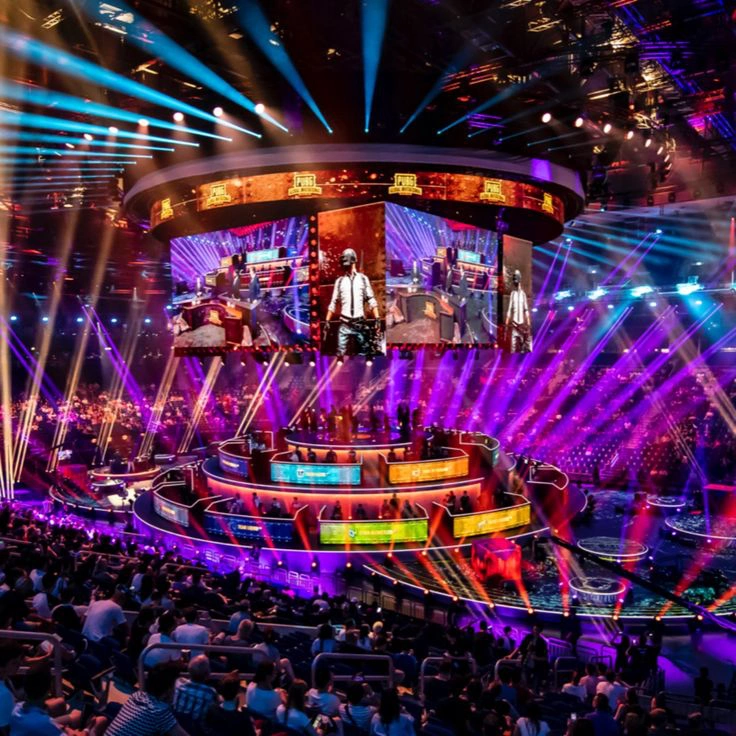
We often say that Gamescom is about “what’s next.” But sometimes, it’s also about what’s now. The questions we’re asking. The stories we’re choosing to tell. The ways we’re challenging the very medium we love.
Gamescom 2025 wasn’t perfect. There were still awkward PR moments, underwhelming demos, and industry clichés. But it felt alive. Restless. Curious. And that, to me, is exactly what gaming should be.